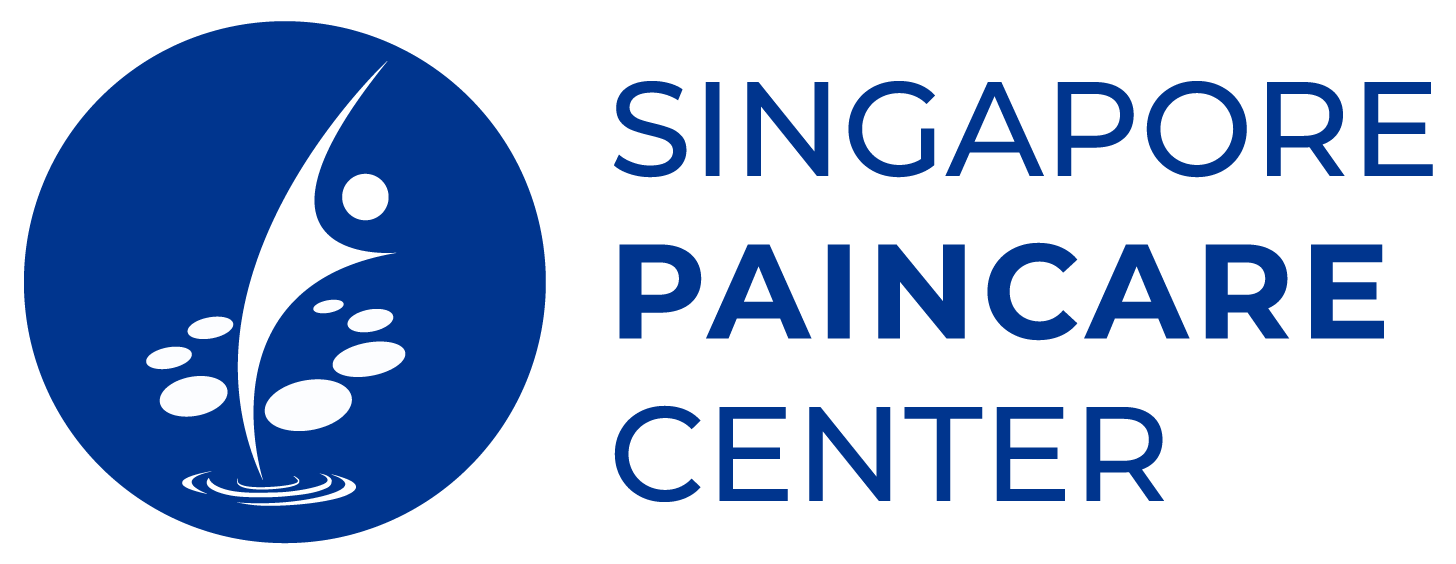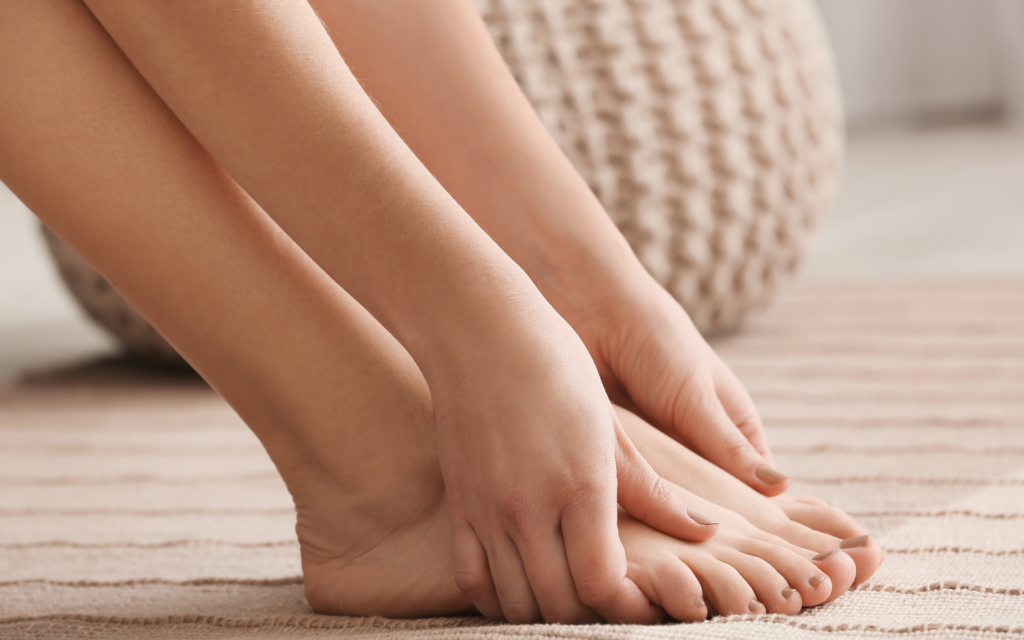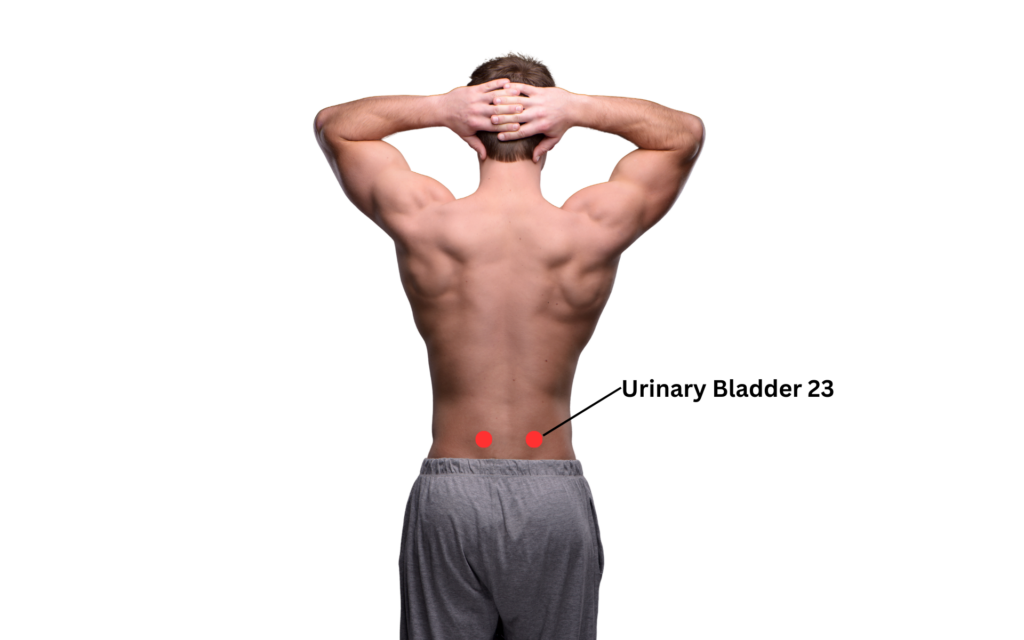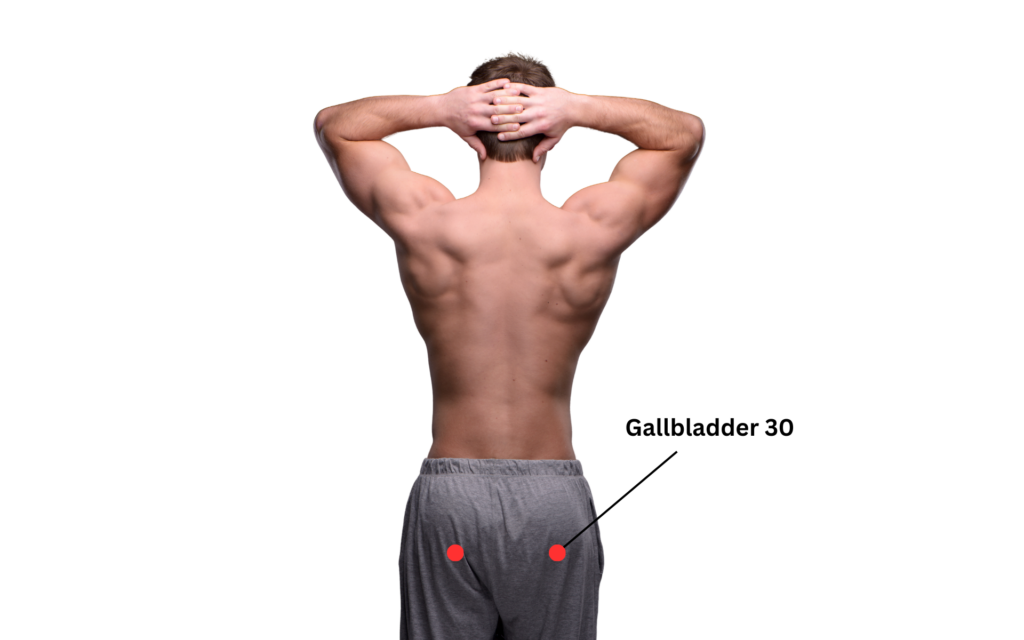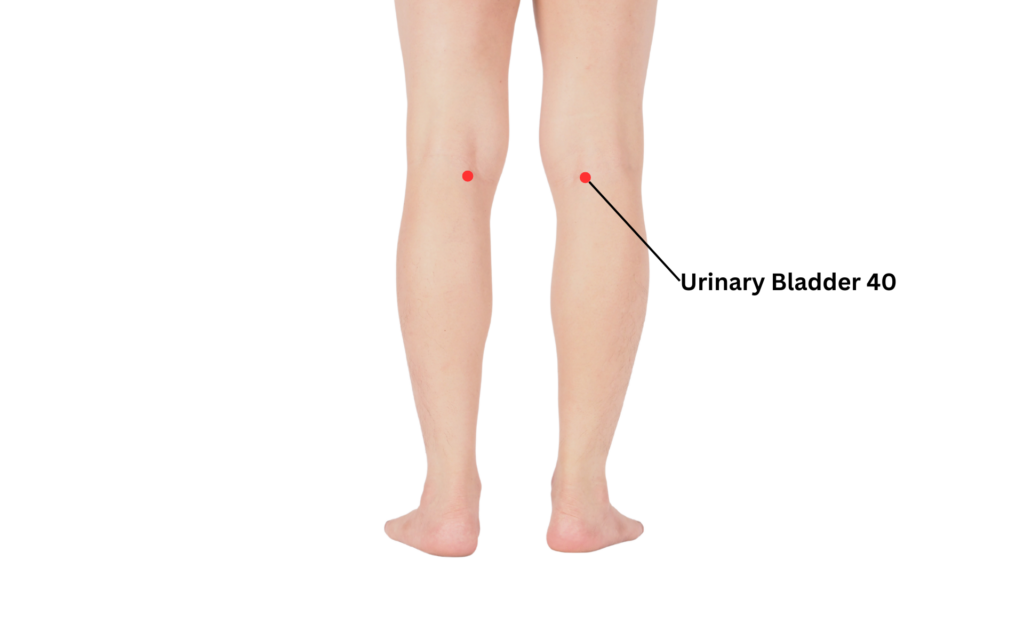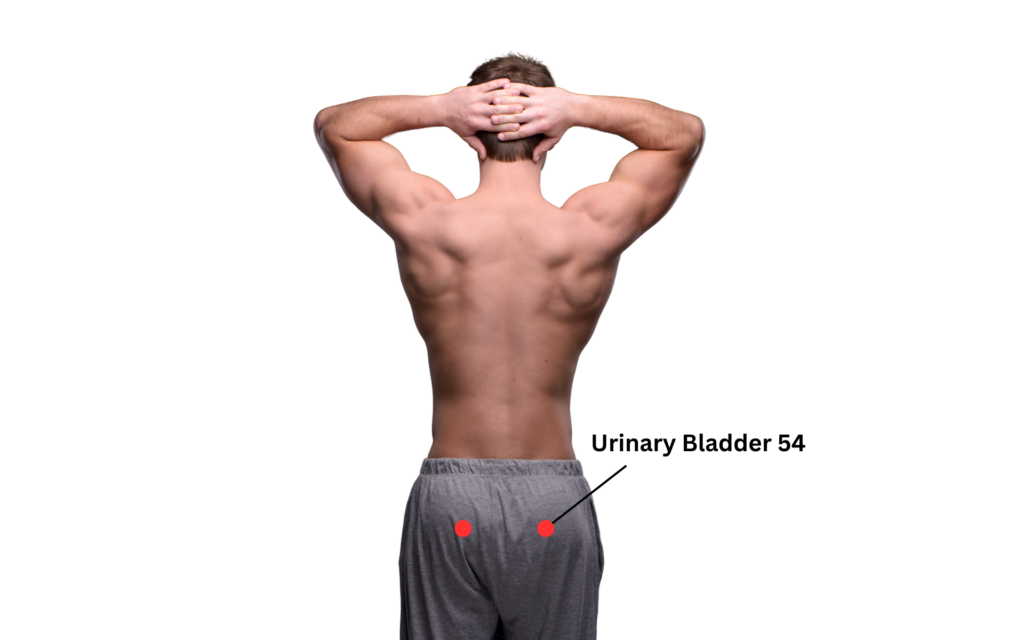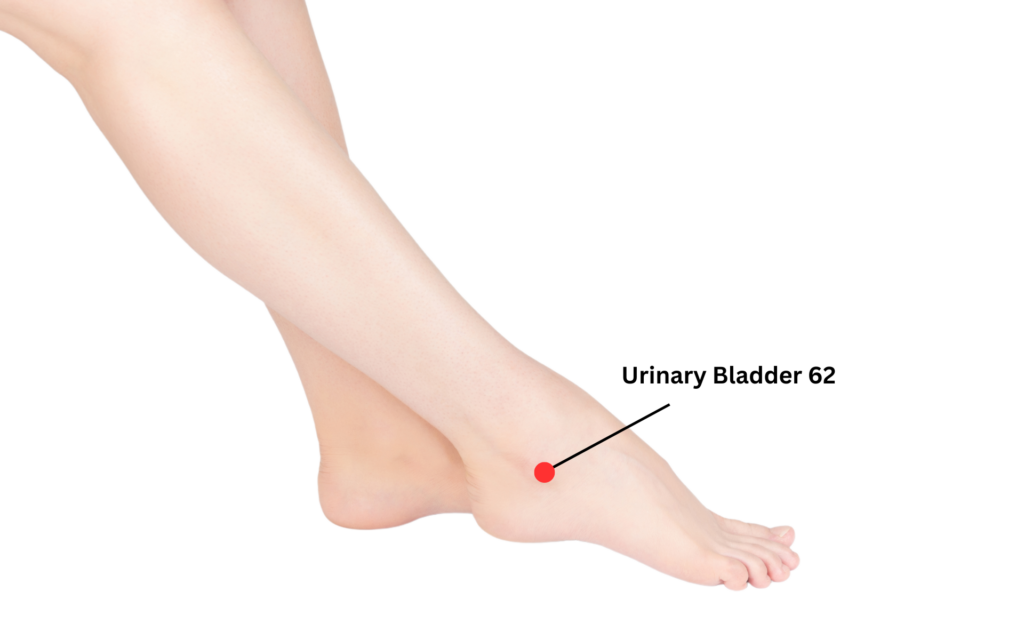Sciatica is a prevalent condition causing discomfort and disruption in daily life, prompting many individuals to explore alternative therapies for relief. Among these, massage stands out as an effective option been found to provide relief for some people with sciatica.
In this article, we look into the intricacies of how massage therapy can alleviate sciatic pain, shedding light on specific massage points and their benefits. Whether seeking natural remedies or complementing medical treatments, understanding the profound effects of massage can play a pivotal role in managing sciatica.
How does massage relieve sciatica?
Massage therapy plays a pivotal role in providing relief for individuals grappling with sciatica, offering a multifaceted approach to address musculoskeletal issues. The effectiveness of massage in managing sciatica lies in its ability to meticulously target and address key problem areas associated with the sciatic nerve.
The application of pressure during a massage is strategically employed to release tension within the muscles, particularly those surrounding the sciatic nerve. This targeted pressure helps to loosen tight knots and trigger points that may contribute to the compression of the sciatic nerve. By releasing this tension, the massage facilitates improved flexibility and mobility, reducing the strain on the sciatic nerve and mitigating the associated pain.
Moreover, massage therapy serves as a potent anti-inflammatory intervention. Sciatica often involves inflammation of the sciatic nerve or the surrounding tissues, exacerbating pain and discomfort. Through skilled manipulation, massage stimulates blood circulation, promoting the efficient removal of inflammatory byproducts and reducing swelling. This anti-inflammatory effect contributes significantly to alleviating the root causes of sciatic pain.
The holistic nature of massage therapy is crucial in addressing not only the physical symptoms but also the emotional and mental aspects of sciatica. The calming and relaxing effects of massage induce a state of reduced stress and anxiety, factors known to exacerbate musculoskeletal pain, including sciatica. This holistic approach ensures that the entire system is engaged in the healing process, promoting overall well-being.
Massage therapy’s effectiveness in relieving sciatica stems from its targeted pressure application, which releases muscle tension, its anti-inflammatory properties that reduce swelling, and its holistic approach that addresses both physical and emotional aspects of the condition. By engaging with key areas associated with the sciatic nerve, massage therapy stands as a powerful ally in the comprehensive management of sciatica, providing not only relief from pain but also contributing to the overall improvement of one’s quality of life.
The benefits of massage on sciatica
Massage therapy goes beyond being a mere pain-relieving technique; it is an integral approach that offers an array of benefits for individuals grappling with sciatica. One of the key advantages lies in its ability to promote blood circulation. As deliberate pressure and kneading motions are applied to specific areas associated with the sciatic nerve, blood flow to these regions increases. Improved circulation is paramount in delivering essential nutrients and oxygen to the affected tissues, fostering the body’s natural healing processes.
Reducing muscle tightness is another notable benefit of massage therapy for sciatica sufferers. Tense muscles around the sciatic nerve can exacerbate pain and discomfort. Through skilful manipulation, massage helps to release tension within these muscles, allowing them to relax and promoting increased flexibility. This not only directly addresses the source of pain but also contributes to the prevention of future muscle imbalances and discomfort.
One of the profound effects of massage on sciatica is its ability to induce a state of relaxation. Sciatica, often exacerbated by stress and tension, finds a formidable opponent in the calming techniques of massage. Beyond the physical manipulation of muscles, the soothing and rhythmic motions employed during a massage session activate the body’s relaxation response. This, in turn, reduces the overall stress levels experienced by individuals with sciatica, mitigating the impact of stress on the symptoms of this condition.
Integrating massage into a comprehensive sciatica treatment plan goes hand in hand with improved overall well-being. The physical benefits of increased blood circulation and reduced muscle tightness complement the emotional and mental advantages of stress reduction. Individuals often report not only a decrease in pain but also an enhancement in their overall quality of life, including improved sleep, heightened mood, and a sense of well-being.
In essence, the benefits of massage therapy for sciatica extend far beyond pain relief. From promoting enhanced blood circulation to reducing muscle tightness and inducing relaxation, massage contributes significantly to the body’s ability to heal itself. Integrating massage into a comprehensive treatment plan for sciatica provides a holistic approach that addresses both the physical and emotional aspects of this challenging condition, ultimately leading to improved overall well-being for those seeking relief.
The Top 5 Massage Points to Relieve Sciatic Discomfort
Understanding the specific massage points crucial for relieving sciatic discomfort opens up a world of targeted relief. Among these, the following five points stand out, each offering a unique contribution to easing the pain associated with sciatica.
Urinary Bladder 23
Applying strategic pressure to this point not only releases tension in the lower back muscles but also plays a vital role in facilitating better energy flow along the sciatic nerve. This targeted approach aids in restoring balance to the affected region and promotes a sense of overall well-being.
Identifying Urinary Bladder 23: Find the midpoint between the lowest rib and the top of the hip bone. Urinary 23 is typically located about 1.5 inches away from the spine on either side.
Gallbladder 30
Positioned just above the buttocks, Gallbladder 30 emerges as a potent massage point for targeting the piriformis muscle. Massaging this area becomes instrumental in reducing sciatic nerve irritation caused by the piriformis, providing much-needed relief to individuals experiencing discomfort in the buttocks and lower back. The strategic application of pressure helps soothe the tension in this critical muscle.
Identifying Urinary Bladder 30: Locate the dimples on the lower back, known as the sacral dimples. Urinary Bladder 30 is usually positioned at the midpoint between these dimples.
Urinary Bladder 40
Renowned for its effectiveness in alleviating lower back pain, Urinary Bladder 40 takes the spotlight as a key massage point for sciatica. Applying pressure to this point significantly reduces muscle tension, promoting a deep sense of relaxation in the affected area. This targeted relief contributes to overall lower back harmony and enhanced mobility.
Identifying Urinary Bladder 40: Identify the midpoint of the back of the knee. Urinary Bladder 40 is commonly found in this region.
Bladder 54 Point
Bladder 54, also known as the “Zhibian” point, is considered a vital point for addressing various issues, including sciatic pain. Gentle massage in this region contributes to releasing tension and improving overall circulation. This particular point becomes an essential focus for those seeking relief from the persistent discomfort that often extends beyond the lower back.
Identifying Urinary Bladder 54: Begin by locating the lowest part of your spine, just above your tailbone. Move outward approximately 2 inches. Urinary Bladder 54 is typically located at this area.
Urinary Bladder 62
Just above the outer ankle, Urinary Bladder 62 proves invaluable in targeting the lower back and relieving sciatic pain that extends down the legs. Applying strategic pressure to this point not only promotes balance but also alleviates discomfort effectively. It serves as a critical junction for addressing the full spectrum of sciatic pain, extending relief to both the lower back and the legs.
Identifying Urinary Bladder 62: Find the bony protrusion on the outer ankle (lateral malleolus) and locate the depression just above it.
Incorporating these top five massage points into a targeted approach can significantly enhance the effectiveness of massage therapy for sciatica. Each point contributes uniquely to the overall goal of relieving tension, promoting relaxation, and restoring balance along the intricate pathways of the sciatic nerve.
Other Home Remedies
In addition to professional interventions, incorporating home remedies can significantly contribute to the management of sciatica. Two noteworthy strategies are Hot and Cold Treatment and Stretching Techniques.
Hot and Cold Treatment
The use of hot and cold therapy in sciatica management plans proves to be a beneficial and accessible home remedy. Hot packs or warm compresses applied to the affected area help relax muscles, increase blood flow, and alleviate stiffness. Conversely, cold packs or ice applications are effective in reducing inflammation, numbing the area, and providing a soothing sensation. The alternating use of heat and cold allows individuals to capitalise on the unique advantages each offers, creating a comprehensive and dynamic approach to managing sciatic symptoms from the comfort of their homes.
Stretching Techniques
The synergy between massage and specific stretching exercises forms a dynamic partnership in enhancing the overall benefits of sciatica management. Targeted stretches, when incorporated into a daily routine, contribute to increased flexibility, reduced muscle tightness, and long-term alleviation of pain.
These stretches can be tailored to focus on areas that are commonly affected by sciatica, such as the lower back, buttocks, and legs. Engaging in stretching techniques not only complements the effects of massage but also empowers individuals to actively participate in their recovery.
Consistent practice of these stretches helps prevent the recurrence of muscle imbalances, providing a proactive approach to managing and preventing sciatic discomfort. By bridging the gap between massage sessions, stretching techniques serve as a valuable component of a well-rounded home-based sciatica management plan, promoting flexibility, reducing tension, and contributing to sustained relief.
What Happens if Sciatica Does Not Get Better?
For individuals grappling with the relentless persistence of sciatica, the exploration of minimally invasive treatments becomes imperative. When conventional approaches fall short in providing relief, turning to medical interventions can offer alternative avenues to manage the persistent and often debilitating pain associated with sciatica.
Minimally Invasive Treatments
Minimally Invasive Treatments offer a less intrusive yet effective approach for individuals grappling with persistent sciatica. Here are some of the minimally invasive options that individuals may consider to alleviate their symptoms:
Pharmacotherapy
Pharmacotherapy, a cornerstone in the arsenal of treatments for chronic sciatica, involves the strategic use of medications to alleviate pain and inflammation. Tailored to the severity of symptoms, doctors may prescribe various medications, including anti-inflammatories to quell inflammation, muscle relaxants to ease tension in affected areas, and analgesics to provide much-needed pain relief. The goal of pharmacotherapy is not only to alleviate symptoms but also to enhance the overall quality of life for individuals navigating the challenges of persistent sciatica.
Coreflex Injection
As a minimally invasive procedure, Coreflex injection offers targeted relief to individuals experiencing sciatic discomfort. This approach involves precisely targeting specific pain receptors with a combination of corticosteroids and anaesthetics, providing localised relief without the need for extensive invasive procedures. Coreflex injections are designed to interrupt pain signals, offering a tailored solution for individuals seeking relief from the persistent and often debilitating effects of chronic sciatica.
Disc Ablation
Disc ablation emerges as a specialised procedure designed to alleviate pain originating from disc-related issues in the spine. This minimally invasive technique utilises either heat or cold to modify nerve pathways, aiming to reduce sciatic pain and enhance overall spinal function. By precisely targeting the affected discs, disc ablation presents a targeted and effective solution for individuals grappling with persistent sciatica linked to disc-related problems.
Neuroplasty
Neuroplasty procedure involving the use of a balloon catheter is specifically designed to provide relief for individuals experiencing sciatica. It aims to address the underlying causes of sciatic nerve compression and promote the restoration of normal nerve function. Neuroplasty stands as another option for individuals seeking targeted and effective solutions for persistent sciatica that has not responded adequately to conventional treatments.
Conclusion
Massage therapy stands as a natural and effective approach to managing sciatica. By understanding and applying specific massage points, individuals can find relief from the discomfort associated with sciatic nerve issues. Integrating these techniques with other home remedies and exploring minimally invasive medical treatments creates a comprehensive strategy for effectively addressing sciatica and improving overall quality of life.

